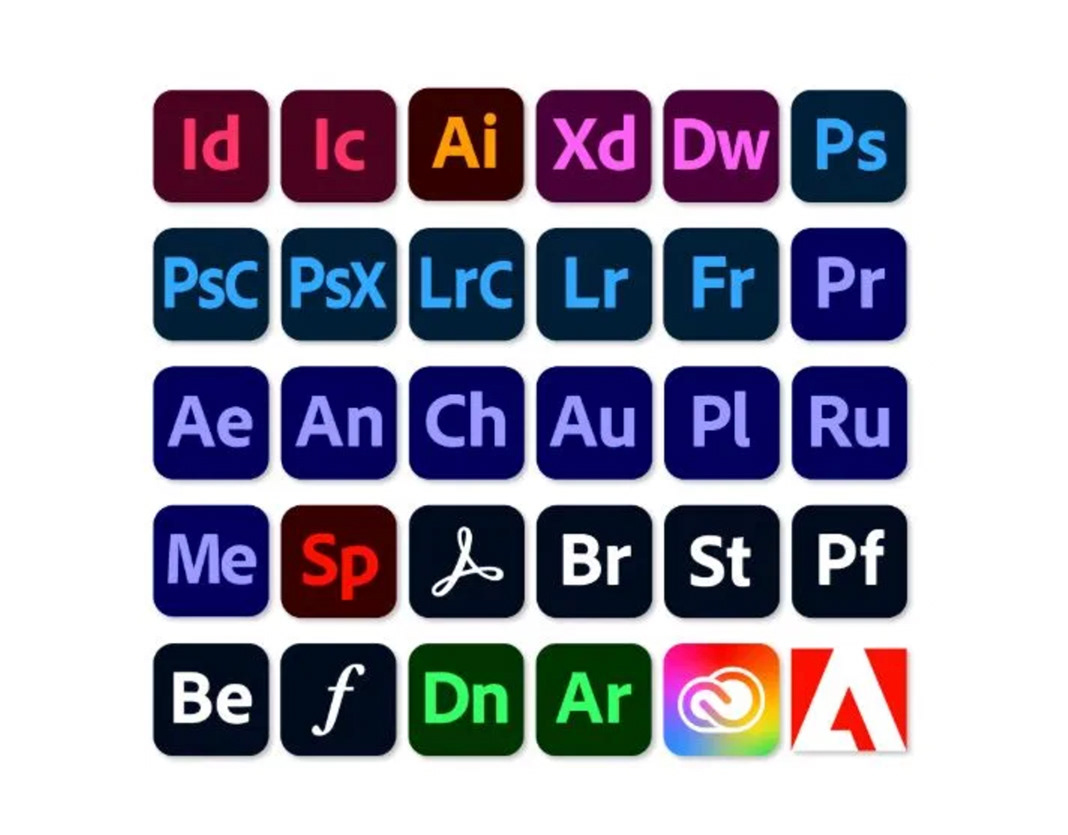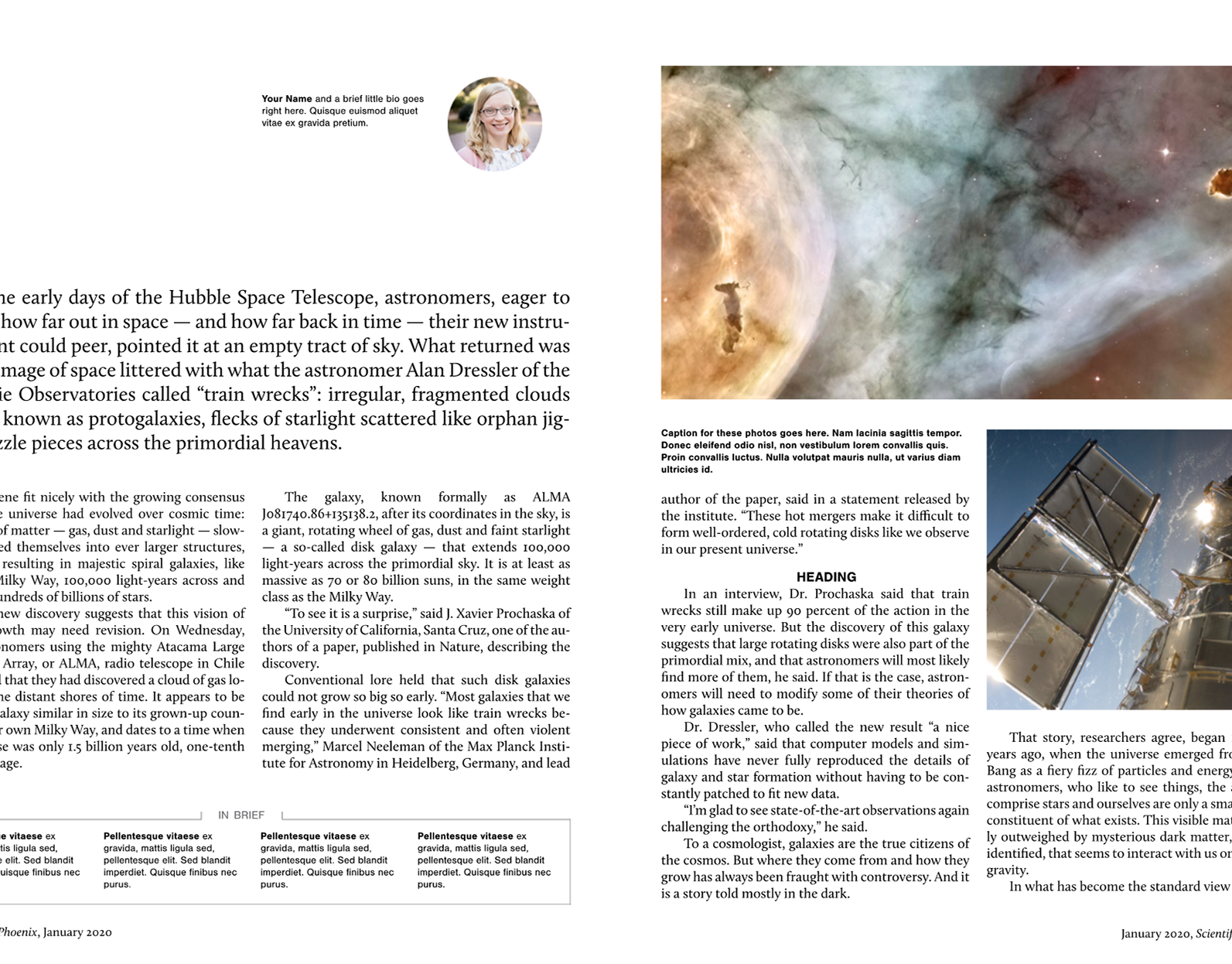In the very beginning, print documents had to be copied by hand on parchment paper with hand-drawn ink by workers known as “scriveners.” They had special desks, tables, ink wells, and lighting to help them do their jobs. They were like human photocopiers, although their craft required education. Early typesetters had giant bins of metal letters that they stacked in lines to make words, sentences, and pages. Today, those who produce professional documents use desktop publishing software, especially InDesign.
Each of those workers across history had a particular workspace or interface for producing print documents. In European languages, these document professionals set their typefaces from left-to-right and from top-to-bottom in terms of the pages that were printed. Books and magazines with print on both sides of facing pages became the dominant mode for sharing advanced information. Conventions for printing books emerged. In fact, the name for the page on the left side of two facing pages is called the verso and the right side is called the recto. This kind of naming, convention, and structure enabled advanced cultures to produce a lot of books.
InDesign: The modern toolset for print publishing
This is what a modern scrivener or typesetter’s desktop looks like today:
This is what a modern scrivener or typesetter’s desktop looks like today:
In the middle of the InDesign workspace you see two facing pages, although they are no longer called verso and recto. In the InDesign workspace you can also see pens and margins, page numbers and a book spine, just like you would in early bookmaking shops. The point here is that the InDesign workspace is designed with the DNA of bookmaking in mind — it’s designed to precisely and effectively make printed documents that collect and sequence multiple pages.
InDesign has many tools, functions, and commands that enable the conventions of book making, including tables of contents, customized headers and page numbers, and consistent formatting for titles and subheadings. You’ve probably heard of the file format PDF, which stands for Portable Document Format. Adobe invented PDF to make preparation of print documents precise and reliable. You might be able to use other applications like Adobe Acrobat or your word processor to make a print document that looks like a professionally printed book. However, you’ll quickly run into trouble with a word processor if you try to use custom fonts or format images and text in anything but a standard way.
Of course, bookmaking is not the only format that has influenced print publication technologies. Magazines were wildly popular in the last century, perhaps because they made it easy to put together both intricately written text and compelling images and photographs in an affordable, accessible medium. The graphic and visual capabilities of InDesign are as important as its purely textual and typesetting functions. And, now, in the new millennium, you can format a document using InDesign for print publication and share it online simultaneously, even if it’s better to read the document on paper.
When to choose print over digital
So what is the nature of print documents like books and magazines and why would you choose to make one? These formats are particularly effective for communicating detailed ideas in written words, and they can be especially powerful when they combine advanced writing with compelling images, graphics, and photographs. Print documents can provide a certain pleasure of holding the object in your hands and reading them. They make scanning back and forth through potentially complicated ideas easier than other formats. And they’re sometimes worth collecting and preserving. Digital documents might not get eaten by mice, but they can be deleted or erased.
Sometimes academic writers are required to format their documents in very specific ways — to professional standards like those from the American Psychological Association (APA) and the Modern Language Association (MLA). InDesign templates for APA and MLA formats can help you prepare long, complicated documents like a thesis or dissertation professionally.



